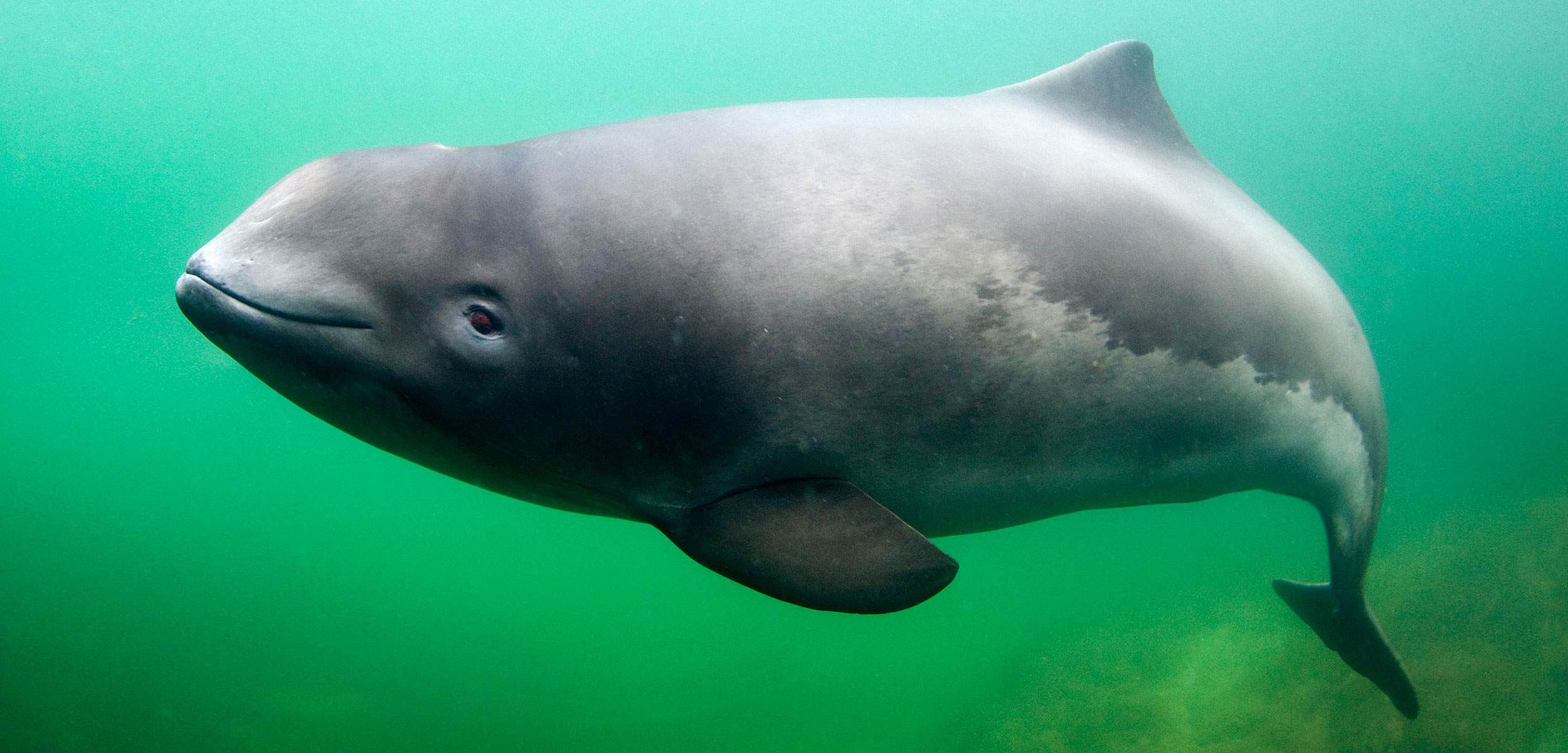To Save the Baltic Sea Harbor Porpoise, Scientists Try Listening
By tracking the echolocation clicks of the endangered porpoise population, scientists have discovered a potential new breeding location.
Article body copy
In 1962, Swedish biologist Arne Lindroth worked his way through the stomachs of 50 harbor porpoises that had been caught in the Baltic Sea. He was searching for signs of salmon. Disgruntled fishermen, who had eagerly provided the specimens, were convinced the porpoises were eating all the salmon and threatening their catches. As it turned out, the cetaceans had been wrongfully accused. In the end, it was the fishermen who hurt the porpoise population, which has now almost completely disappeared.
Starting in the 1950s, increases in fishing activity led to declines in prey availability and increases in the rate of porpoises being caught as by-catch. This, along with hunting and increasing pollution, contributed to the Baltic Sea population of this porpoise becoming critically endangered. Now, scarce sightings, falling numbers in observational studies, and even a drop in by-catch rates all suggest the porpoises are undergoing a severe population decline in this region. But the porpoises’ exact number is unknown, as is their geographic distribution. Without such basic information, conservation measures have been hamstrung. So, scientists from eight countries have teamed up to build a vast network of listening stations across the Baltic Sea—the largest purpose-built acoustic monitoring array for marine mammals in the world—to track the porpoises with unprecedented clarity.
The scientists installed more than 300 floating hydrophones within meters of the seabed, configured to pick up the porpoises’ echolocation clicks. Using a statistical model, they analyzed two years of recordings, working out the likelihood of porpoises being present in certain areas at specific times. So far, they’ve found two key congregation hotspots in the animals’ summer breeding months. One, in the southwest Baltic Sea, is a known site, where a separate harbor porpoise population from the nearby Belt Sea goes to breed in the summer. But the other site, centered off the Swedish coast, was new to the researchers, and the high density of clicks emanating from the region suggests the porpoises are congregating in high numbers. The scientists suspect it might be a previously unknown breeding ground.
Nina Santostasi, a marine biologist at the Sapienza University of Rome, says the discovery lends weight to the idea that conservation measures can be targeted since animals use different locations at different times. The finding of the two distinct breeding grounds is an interesting discovery from a biological perspective, too, she says. The acoustic monitoring shows the boundaries between these two isolated subpopulations, which is far more difficult to do for marine species that aren’t separated by obvious structures than it is for terrestrial animals that are often restricted by mountains or lakes.
Since the discovery, the Swedish government has designated the breeding site a region of ecological importance and leveled protections under the European Union’s Natura 2000 program. Still, two major shipping lanes run through the area. Though there have been tentative discussions to move the shipping lanes or merge them into one, “at the moment it doesn’t look like that’s going to happen,” says Ida Carlén, the zoologist who led the study.
Other researchers from the project are now working on a follow-up investigation using the acoustic monitoring network to better understand how many harbor porpoises remain in the Baltic Sea. Initial estimates suggest the number is in the hundreds, down from tens of thousands a few decades ago. The team is planning another project that will also use planes or drones to scan the waters for evidence of breeding, such as the presence of calves. They hope to conduct a similar survey every decade or so, using improving technology to gain further insights into how the porpoise population is changing.
Like many marine species, porpoises in the Baltic straddle several countries, potentially making them someone else’s problem, says Mark Johnson, a marine bioacoustician at the University of St Andrews in Scotland. “It is really inspiring to see such a multinational approach to conservation science,” he says.

